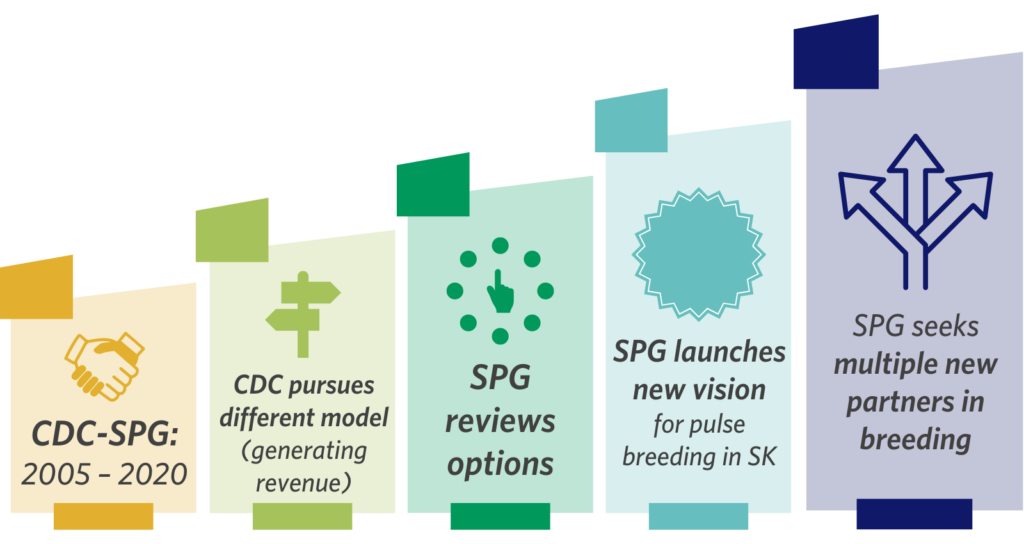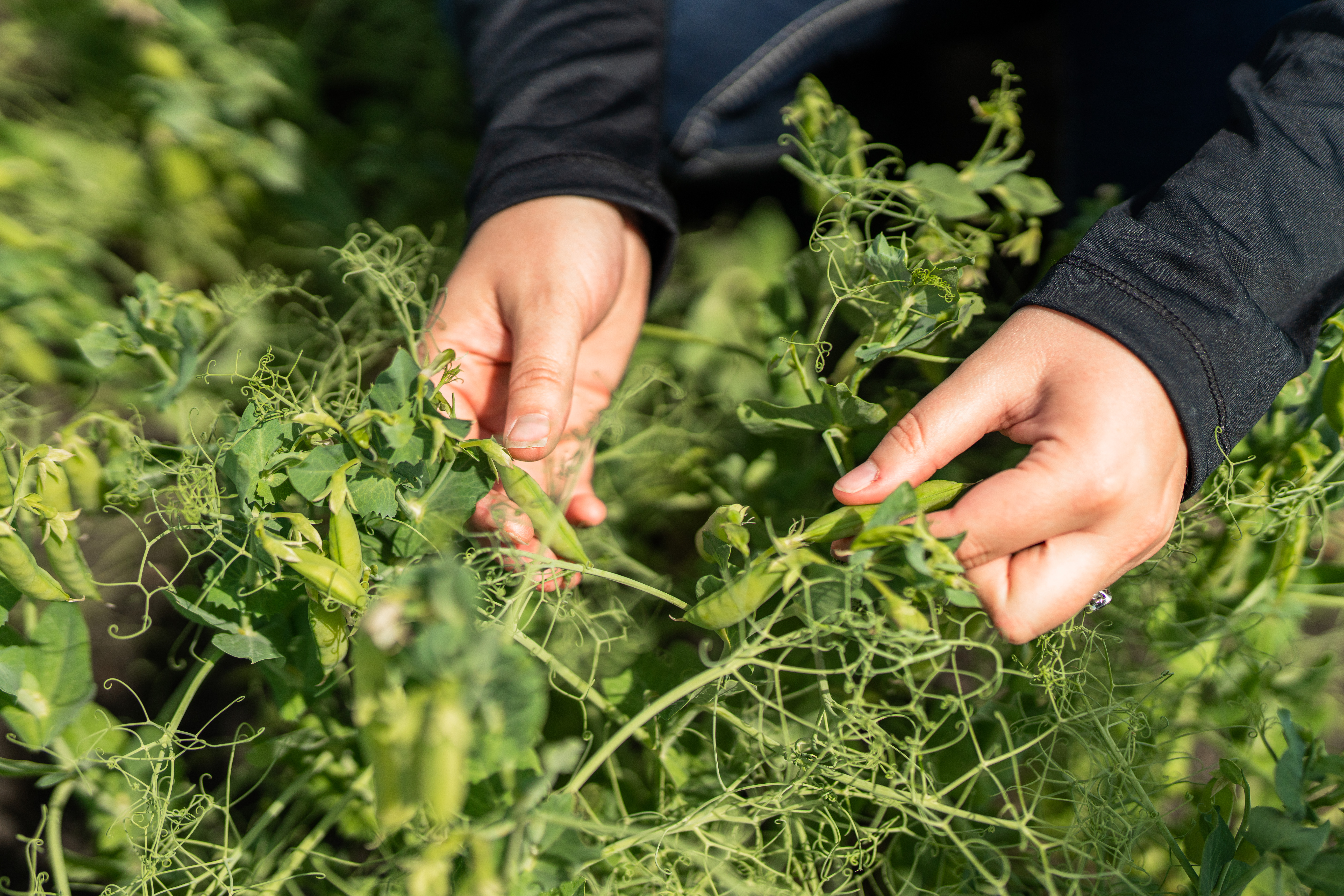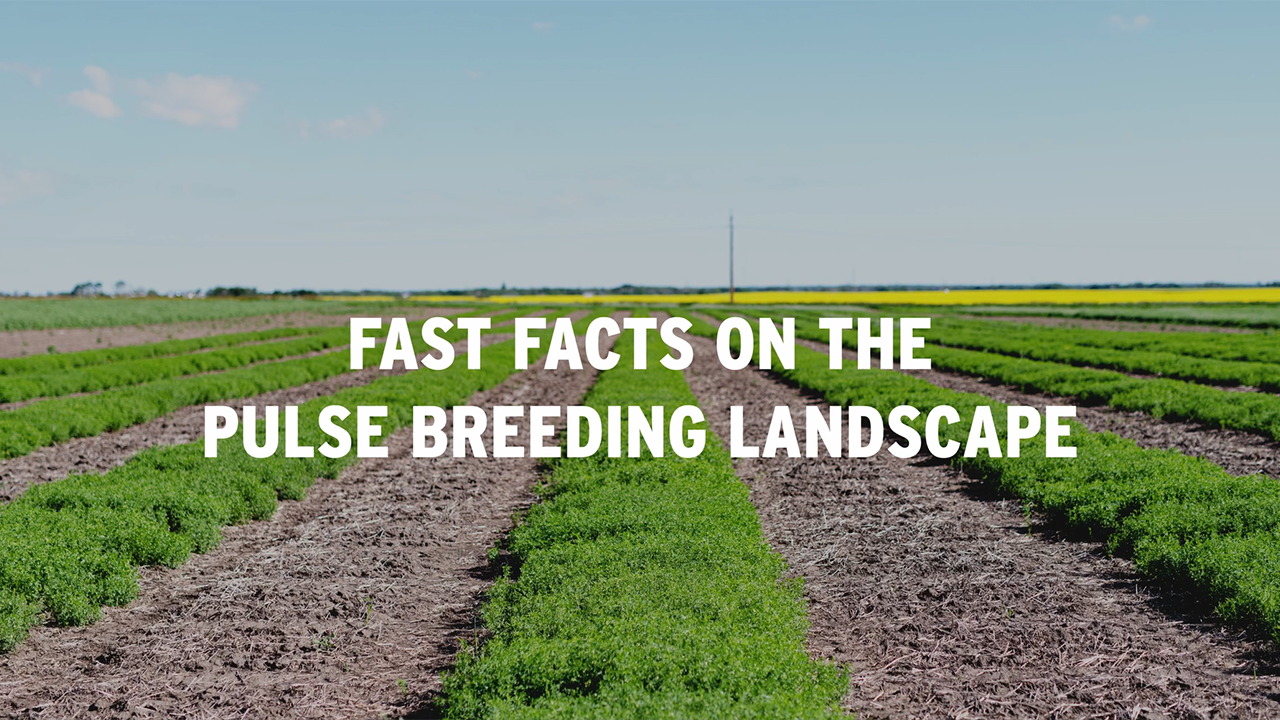The Past & Why Make a Change?

- Crop Development Centre (CDC) and Saskatchewan Pulse Growers (SPG) had partnered on pulse breeding for 20 years
- Latest agreement ran from 2005–2020
- SPG provided a large amount of funding and received exclusive access to varieties through the program
- SPG commercialized those varieties royalty-free
- SPG was interested in continuing with this model, while CDC was interested in moving to a different model with multiple funders and to generate revenue from the marketplace on the sale of their varieties
- The previous model with royalty-free varieties was not an option for the future
SPG’s Future Role in Pulse Breeding
- SPG’s intent is for growers to access the best possible genetics for continued competitiveness
- This new chapter allows SPG to work with new public & private breeders to achieve breeding outcomes for farmers in Saskatchewan
- Attract additional investment & capacity in pulse breeding for Saskatchewan for the benefit of producers
Guiding Principles for SPG to Invest
Investor Mindset – for SPG to invest upfront grower dollars and, if growers are to pay a royalty for access to seed, then a portion of those royalties must flow back to SPG to re-invest in breeding, research, and other areas
Value-Sharing – when assessing new partnerships, SPG is clear that we must avoid a situation where most of the incremental value of a new variety is captured in the cost of the seed – SPG is committed to affordable variety development for farmers
What Will the Future Look Like
- All existing royalty-free varieties will remain royalty-free
- SPG has no interest or intention of recommending deregistration of any existing royalty-free varieties, so long as growers continue to grow them
- New pulse varieties commercialized under SPG’s new vision, through both public and private breeding programs, will be commercialized in a different way:
- Through seed companies
- With royalties likely on all acres (certified seed + on farm-saved seed)
- Under this new model, growers will retain their choice to grow new or existing varieties, requiring new varieties to provide sufficient economic advantage



